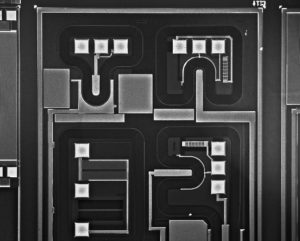Unlock Chip PIC18F66K22 Software
Unlock Chip PIC18F66K22 Software in the format of heximal or binary, extract code from mcu flash memory after break microcontroller fuse bit;

· Up to Ten CCP/ECCP modules:
– Up to seven Capture/Compare/PWM (CCP) modules
– Three Enhanced Capture/Compare/PWM (ECCP) modules
· Up to Eleven 8/16-Bit Timer/Counter modules:
– Timer0 – 8/16-bit timer/counter with 8-bit programmable prescaler
– Timer1,3 – 16-bit timer/counter
– Timer2,4,6,8 – 8-bit timer/counter
– Timer5,7 – 16-bit timer/counter for 64k and 128k parts if extract mcu pic16f886 software
– Timer10,12 – 8-bit timer/counter for 64k and 128k parts
· Three Analog Comparators
· Configurable Reference Clock Output
· Hardware Real-Time Clock and Calendar (RTCC) module with Clock, Calendar and Alarm Functions
· Charge Time Measurement Unit (CTMU):
– Capacitance measurement for mTouch™ sensing solution
– Time measurement with 1 ns typical resolution
– Integrated temperature sensor
· High-Current Sink/Source 25 mA/25 mA (PORTB and PORTC)
· Up to Four External Interrupts
· Two Master Synchronous Serial Port (MSSP) modules:
– 3/4-wire SPI (supports all four SPI modes)
– I2C™ Master and Slave modes
· Two Enhanced Addressable USART modules:
– LIN/J2602 support
– Auto-Baud Detect (ABD)
· 12-Bit A/D Converter with up to 24 Channels:
– Auto-acquisition and Sleep operation
– Differential input mode of operation
· Integrated Voltage Reference
This family combines the traditional advantages of all PIC18 microcontrollers – namely, high computational performance and a rich feature set – with an extremely competitive price point. These features make the PIC18F87K22 family a logical choice for many high-performance applications where price is a primary consideration if reading mcu pic16c710 program.
All of the devices in the PIC18F87K22 family incorporate a range of features that can significantly reduce power consumption during operation. Key items include:
· Alternate Run Modes: By clocking the controller from the Timer1 source or the Internal RC oscillator, power consumption during code execution can be reduced.
· Multiple Idle Modes: The controller can also run with its CPU core disabled but the peripherals still active. In these states, power consumption can be reduced even further.
· On-the-Fly Mode Switching: The power-managed modes are invoked by user code during operation, allowing the user to incorporate power-saving ideas into their application’s software design.
· nanoWatt XLP: An extra low-power Sleep, BOR, RTCC and Watchdog Timer.
Tags: unlock chip flash archive,unlock chip flash code,unlock chip flash content,unlock chip flash data,unlock chip flash eeprom,unlock chip flash file,unlock chip flash firmware,unlock chip flash information,unlock chip flash memory,unlock chip flash program



